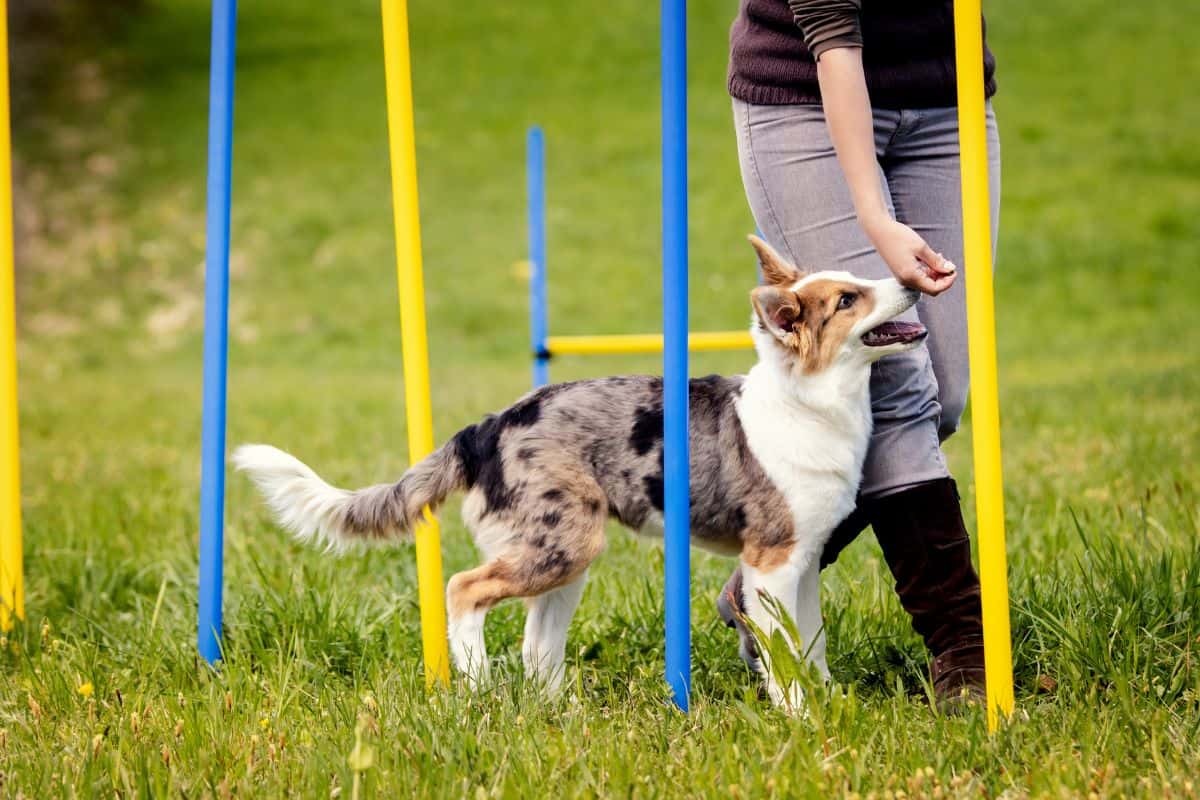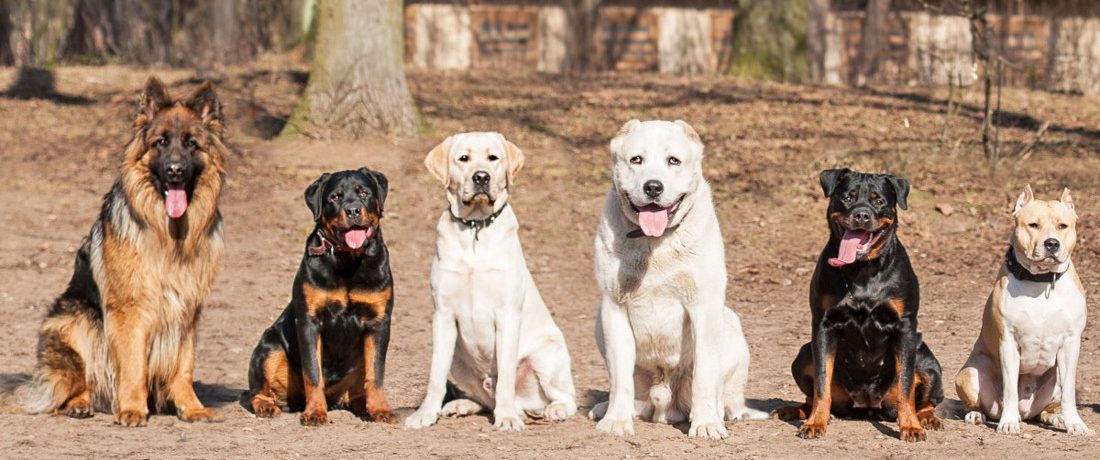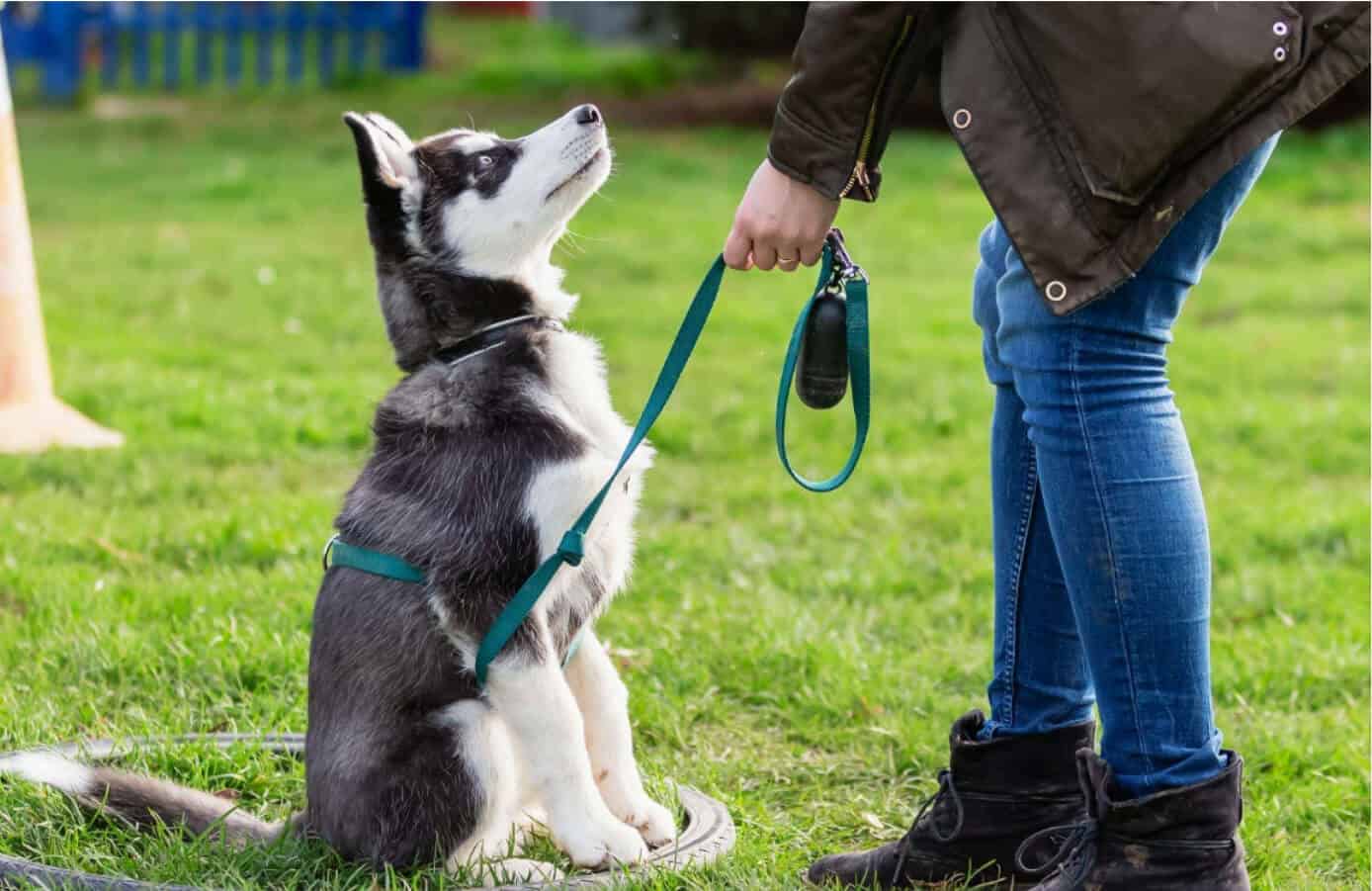The Ultimate Overview to Positive Reinforcement in Dog Training
Wiki Article
Necessary Tips for Successful Dog Training: A Guide for Animal Owners
Reliable pet dog training is a multifaceted procedure that calls for a critical technique tailored to both the pet dog's character and the proprietor's purposes. Understanding just how to navigate these barriers can considerably enhance the training experience, inevitably changing the relationship in between owner and pet.Comprehending Canine Behavior
Understanding canine behavior is vital for efficient training and fostering a harmonious connection between dogs and their proprietors. dog training. Canines interact mostly via body language, articulations, and activities, making it important for proprietors to interpret these signals accurately.
Socializing plays a considerable duty in canine behavior; direct exposure to different settings, individuals, and other animals can significantly impact a canine's temperament. Furthermore, factors such as type features and specific personality must direct training methods, as some types might have certain behavioral traits that demand customized techniques. By recognizing these aspects, owners can create a helpful environment that urges positive behavior, leading to effective training outcomes and a much deeper bond with their pets.
Establishing Regular Commands
Effective interaction with your dog starts with establishing constant commands. This foundational aspect of training is crucial for cultivating understanding between you and your pet dog. Consistency in the commands you make use of makes certain that your canine can dependably associate certain words or expressions with the desired habits.When choosing commands, choose clear, unique words that are easy to state and set apart from each other. Avoid utilizing similar-sounding commands that might confuse your pet. Utilizing "rest" and "remain" is appropriate, however "rest" and "struck" can lead to misunderstandings.
Furthermore, keep the very same tone and volume for each command. Canines are delicate to vocal hints, so differing your tone can develop confusion.
It is equally important to ensure that all household participants are on the same web page pertaining to the commands made use of. A united front in command usage will stop combined signals and strengthen the knowing procedure.
Favorable Reinforcement Methods
The power of favorable support in canine training hinges on its capability to encourage desired actions through incentives and praise. This technique is based in the concept that behaviors adhered to by beneficial outcomes are a lot more likely to be duplicated. By integrating favorable reinforcement right into your training regimen, you can properly shape your dog's habits in a constructive fashion.To carry out favorable reinforcement, it's important to recognize what inspires your pet dog, whether it be treats, playthings, or verbal praise. When your dog executes a preferred activity, such as resting on command, promptly reward them with a reward or love. This association between the command and the favorable result reinforces their understanding.
It's essential to timing the incentives correctly; providing additional resources the support within seconds of the preferred actions helps your pet dog make the link (dog training). Furthermore, uniformity is vital-- guarantee that all household participants utilize the same commands and incentive systems to prevent confusion

Gradually, you can decrease the frequency of treats as your canine finds out the actions, transitioning to praise or intermittent rewards. This method not only promotes a solid bond in between you and your pet however additionally advertises a positive knowing atmosphere, making training a pleasurable experience for both.
Socialization and Communication
Constantly revealing your pet to a selection of atmospheres, individuals, and various other animals is vital for their social growth. Socializing needs to begin early, ideally during the important home window of 3 to 14 weeks, when puppies are most receptive to brand-new experiences. Older pet dogs can likewise benefit from ongoing socialization efforts.Introduce your canine to different setups, such as parks, pet-friendly stores, and urban locations. This direct exposure aids them adapt to various stimulations, lowering anxiousness and concern actions. Motivate positive interactions with other canines and people, ensuring that these experiences are controlled and secure to cultivate confidence.
Use structured playdates with courteous canines, as this can boost your canine's social abilities and instruct them suitable actions. Obedience classes and training sessions additionally offer excellent opportunities for socializing, enabling your pet to communicate with a knockout post others in a monitored environment.
Monitor your pet's body language throughout communications, as this will aid you determine their convenience degree. Slowly enhance exposure to even more tough circumstances while making certain that each experience is positive. A well-socialized dog is most likely to exhibit balanced behavior, making them a pleasure to have in any type of setting.
Dealing With Typical Training Difficulties
Every pet dog proprietor will come across training obstacles at some time, regardless of their dog's age or socialization level. Determining typical problems such as stubbornness, disturbances, and terror can aid in establishing effective approaches for enhancement.
Progressively present diversions as the canine ends up being extra competent in commands. Short, regular training sessions are likewise reliable in preserving interest.
Fearfulness can prevent a pet dog's knowing process. Steady desensitization to the source of anxiety, coupled with positive support, can help relieve stress and anxiety. Perseverance is vital; never ever require a pet dog right into a circumstance that triggers distress, as this may worsen the concern.
Ultimately, find out understanding and addressing these typical difficulties with a structured technique will foster a more efficient training experience, reinforcing the bond in between pet dog and proprietor while advertising efficient knowing.
Verdict
In summary, successful pet dog training counts on a detailed understanding of canine actions, the establishment of regular commands, and the application of positive reinforcement methods. Socialization plays a critical function in establishing well-adjusted animals, while dealing with typical training obstacles requires perseverance and versatility. By implementing these important approaches, animal proprietors can promote a solid bond with their canines and advertise desirable habits, inevitably resulting in a harmonious relationship between human beings and their canine friends.Recognizing pet dog behavior is crucial for reliable training and promoting a harmonious partnership in between pooches and their proprietors.Socialization plays a significant function in pet dog behavior; direct exposure to different settings, individuals, and other pets can significantly affect a pet dog's character.The power of positive support in canine training lies in its ability to motivate preferred behaviors with benefits and praise. By integrating positive reinforcement right into your training routine, you can efficiently form your dog's behavior in a constructive manner.
In recap, effective pet dog training counts on a comprehensive understanding of canine habits, the facility of constant commands, and the application of favorable support strategies.
Report this wiki page